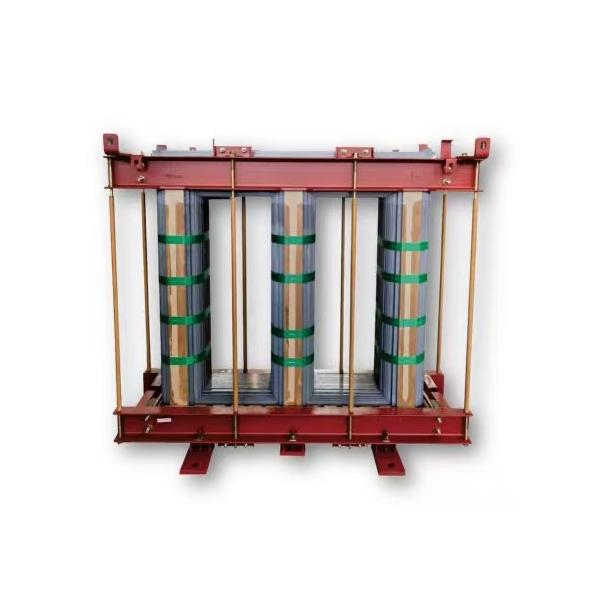Mastering the Art of Chemical Hazard Control: A Comprehensive Guide
The control of chemical hazards is a critical aspect of occupational safety and health. It involves a systematic approach to identifying, assessing, and managing the risks associated with the use, storage, and disposal of hazardous chemicals. This blog post aims to provide a comprehensive guide on how to control chemical hazards effectively, ensuring a safe and healthy work environment.
Identifying Chemical Hazards
The first step in controlling chemical hazards is to identify them. This involves a thorough inventory of all chemicals in the workplace, including their physical and health hazards. Material Safety Data Sheets (MSDS) and Safety Data Sheets (SDS) are valuable resources for this information. They provide details about the chemical's properties, potential hazards, safe handling procedures, and emergency response measures.
Risk Assessment
Once the chemical hazards have been identified, the next step is to assess the risks they pose. This involves determining the likelihood and severity of harm that could result from exposure to these chemicals. Factors to consider include the quantity of the chemical, the duration of exposure, the route of exposure (inhalation, skin contact, ingestion), and the vulnerability of the workers.
Implementing Control Measures
After assessing the risks, appropriate control measures should be implemented. The hierarchy of controls provides a useful framework for this. It prioritizes elimination (removing the hazard), substitution (replacing the hazardous chemical), engineering controls (isolating people from the hazard), administrative controls (changing work practices), and personal protective equipment (PPE).
Training and Education
Training and education are crucial components of chemical hazard control. Workers should be educated about the hazards they may encounter, the precautions they should take, and the actions they should take in the event of an emergency. Training should be ongoing to ensure that workers remain aware of the risks and how to manage them.
Emergency Preparedness
Despite the best efforts to control chemical hazards, accidents can still occur. Therefore, it's essential to have an emergency response plan in place. This should include procedures for evacuation, first aid, spill cleanup, and reporting incidents.
Monitoring and Review
Finally, the effectiveness of the control measures should be regularly monitored and reviewed. This involves conducting regular inspections, tracking incident reports, and reviewing control measures to ensure they remain effective. If necessary, adjustments should be made to improve the control of chemical hazards.
Conclusion
Controlling chemical hazards is a complex task that requires a systematic approach and a commitment to safety. By identifying hazards, assessing risks, implementing control measures, providing training, preparing for emergencies, and monitoring and reviewing controls, workplaces can significantly reduce the risks associated with hazardous chemicals.

